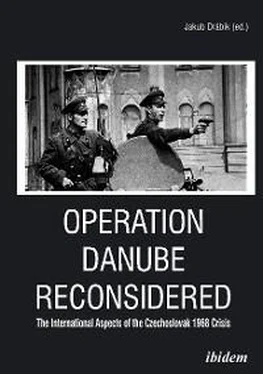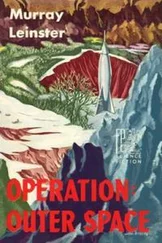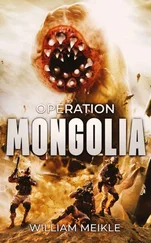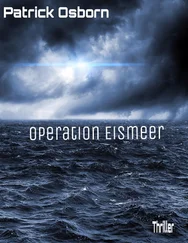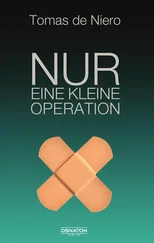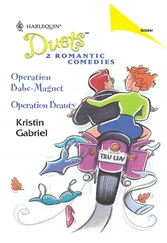ibidem-Press, Stuttgart
Contents
Preface Preface My father Ladislav created in August 1968 a set of photographs of the Warsaw Pact troops’ invasion to Czechoslovakia. Among these, the famous Man with bare chest before an occupation tank —a picture that spread around the world and before being almost completely forgotten. Just like the story of the occupation of Czechoslovakia. The largest military operation after World War Two has been underestimated for a long time as an insignificant part of history and the most recognisable picture of a Slovak author wandered around the world nameless. However, the truth lay somewhere in the memory of Slovaks and Czechs, while justice for that truth awaited its moment. This came in the year 1989. The exhibitions of my father’s photographs revealed the true face of the occupation. Justice showed itself in the trials in Germany as well as in Slovakia. The pictures of August 1968 became, together with the name of their author, a part of our visual memory and cultural heritage. However, in order to pay the debt to our history and our ancestors, it is necessary to answer also the questions of the causes of the occupation beginning with the word Why …? Why were the Soviets so scared of the Prague Spring? Why did they send such an unreasonably large, half-a-million strong army? Finally, why did they name this military intervention after the river Danube? The answers to these questions were hidden in the archives belonging both to the countries who were our aggressors and to those who had been our allies. Together, also thanks to the work of our non-profit organization, these answers appear in the pages of the book you are holding in your hands right now. Can you find them in the texts of the writers from Serbia, Russian Federation, Romania, Hungary, Bulgaria and other countries? Will these new pieces of information be an inspiration for you in your search for truth about August 1968 in the future? I do hope so … Peter Bielik Head of Camera Obskura, n.o.
01 Introduction
02 Reflections on 1968 and its Legacies
03 The Prague Spring and the Evolution of the Position of Leonid Brezhnev
04 Limits of Washington’s Position Towards the Invasion of Czechoslovakia in the Summer of 1968
05 Yugoslavia and Czechoslovakia During 1968
06 Towards Military Intervention. Prague Spring and Party Representatives in Hungary
07 The Communist Authorities and Polish Society in the Face of the Prague Spring and the Intervention in Czechoslovakia in 1968
08 The Bulgarians and the Prague Spring, 1968
09 Operation “Danube”
10 The Prague Spring and the Warsaw Pact Invasion of Czechoslovakia in 1968 as Reflected in the “Western” Historiography
11 Conclusion
Selected Sources
My father Ladislav created in August 1968 a set of photographs of the Warsaw Pact troops’ invasion to Czechoslovakia. Among these, the famous Man with bare chest before an occupation tank —a picture that spread around the world and before being almost completely forgotten. Just like the story of the occupation of Czechoslovakia.
The largest military operation after World War Two has been underestimated for a long time as an insignificant part of history and the most recognisable picture of a Slovak author wandered around the world nameless. However, the truth lay somewhere in the memory of Slovaks and Czechs, while justice for that truth awaited its moment. This came in the year 1989.
The exhibitions of my father’s photographs revealed the true face of the occupation. Justice showed itself in the trials in Germany as well as in Slovakia. The pictures of August 1968 became, together with the name of their author, a part of our visual memory and cultural heritage. However, in order to pay the debt to our history and our ancestors, it is necessary to answer also the questions of the causes of the occupation beginning with the word Why …?
Why were the Soviets so scared of the Prague Spring?
Why did they send such an unreasonably large, half-a-million strong army?
Finally, why did they name this military intervention after the river Danube?
The answers to these questions were hidden in the archives belonging both to the countries who were our aggressors and to those who had been our allies. Together, also thanks to the work of our non-profit organization, these answers appear in the pages of the book you are holding in your hands right now. Can you find them in the texts of the writers from Serbia, Russian Federation, Romania, Hungary, Bulgaria and other countries? Will these new pieces of information be an inspiration for you in your search for truth about August 1968 in the future?
I do hope so …
Peter Bielik
Head of Camera Obskura, n.o.
At 11 o’clock in the evening of 20th August 1968, after the signal “Vltava,” the armies of four Warsaw Pact countries, the Soviet Union, Poland, Bulgaria and Hungary, crossed the borders of Czechoslovakia. While Romania and Albania refused to participate, East German forces, except for a small number of specialists, did not participate in the invasion because they were ordered from Moscow not to do so. By August 25th, there were 27 invasion divisions in full combat status in Czechoslovakia, over 6000 tanks, and almost 1000 military aircrafts. Over a hundred Czechoslovakian civilians were killed and approximately 500 seriously wounded during the occupation. The invasion successfully stopped Alexander Dubček’s Prague Spring liberalisation reforms and strengthened the authority of the authoritarian wing within the Communist Party of Czechoslovakia (KSČ). Literally overnight the Czechoslovak experiment was transformed from living reality into history.
Apart from distressing domestic reforms, especially the decentralization of administrative authority, the more important reason for the Soviet-led Warsaw pact intervention were the signs of a shift in Czech foreign policy that Soviets feared might weaken the position of the Bloc in the Cold War. In regards to foreign policy, the “new course” of Czechoslovakia foresaw wider cooperation with the world, especially with West Germany. Czechoslovakia also sought to loosen its bonds with Warsaw Pact and Comecon, the organization established to facilitate and coordinate the economic development of the Soviet bloc, and gradually showed less and less enthusiasm for the Soviet assistance to the third world countries in a bid to establish its influence there. There was a fear in Moscow that all this could eventually mean that Czechoslovakia might drift away from the communist bloc towards neutrality. This might be followed by Hungary and Poland, slowly undermining the Soviet position in Germany and possibly even losing its buffer zone in Europe.
A decisive faction of the Soviet leadership felt that what was at stake was nothing less than the power balance in Europe—and by extension, potentially the world. That faction saw no other option than a military intervention. Leonid Brezhnev, who did not regard the choice of Alexander Dubček as the successor of Antonín Novotný as problematic in the beginning was subsequently very disappointed. With every liberalizing step in Prague, Moscow grew ever more uneasy. By July 1968, Moscow had come to the conclusion that events in Prague were spinning out of the Party’s control and something has to be done. However, Brezhnev feared his rivals in the Soviet elite, who could use against him any weakening of the Communist power in Czechoslovakia, more than the inevitable international outrage that would be caused by the occupation. After hesitations which lasted some months, he made a choice in favour of the occupation.
Although the Soviet Union’s action successfully halted the pace of reform in Czechoslovakia, it had unintended consequences for both the unity of the Communist bloc and establishing the new Soviet foreign doctrine. The invasion helped established a so-called Brezhnev Doctrine, that—based on the assumption that a challenge to Socialist rule in one part of the Soviet bloc was a threat to the whole enterprise—justified Moscow’s intervention in any country where it felt Communist rule was under threat.
Читать дальше
